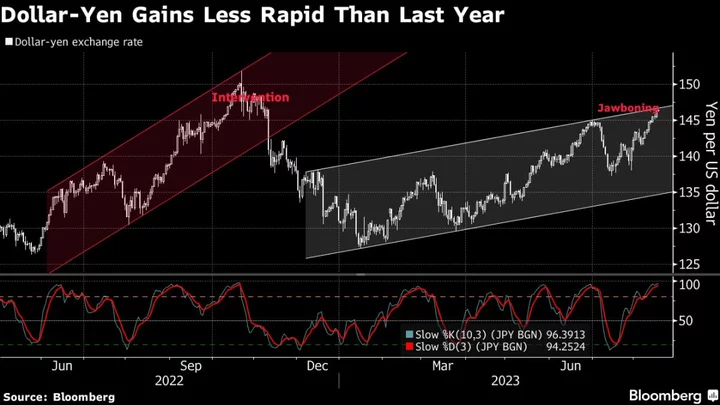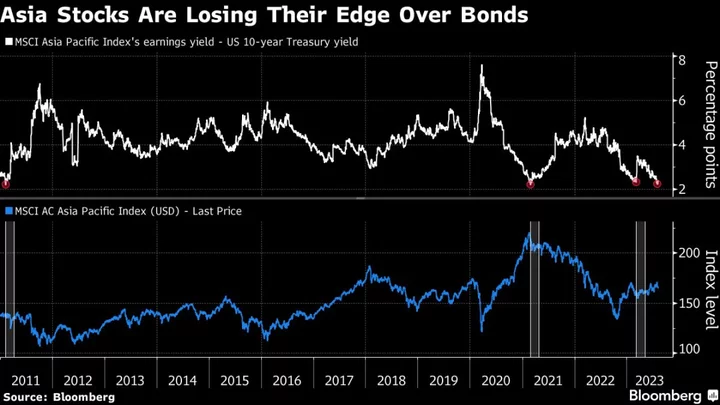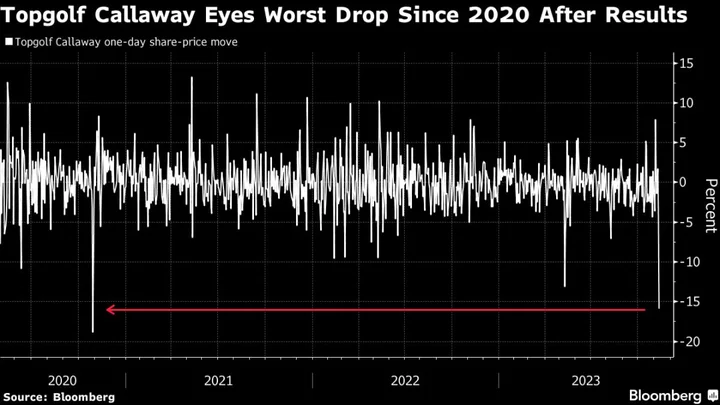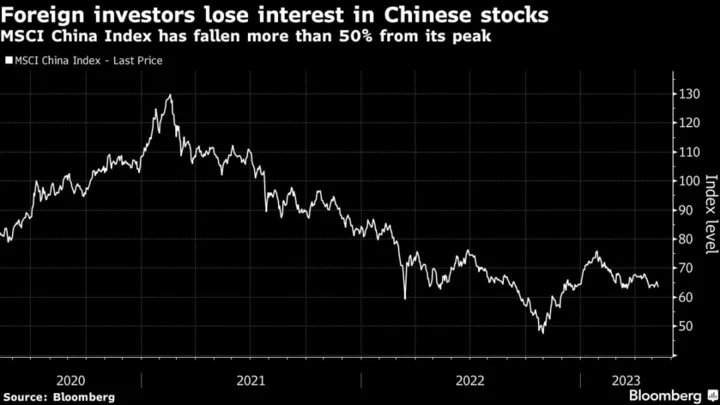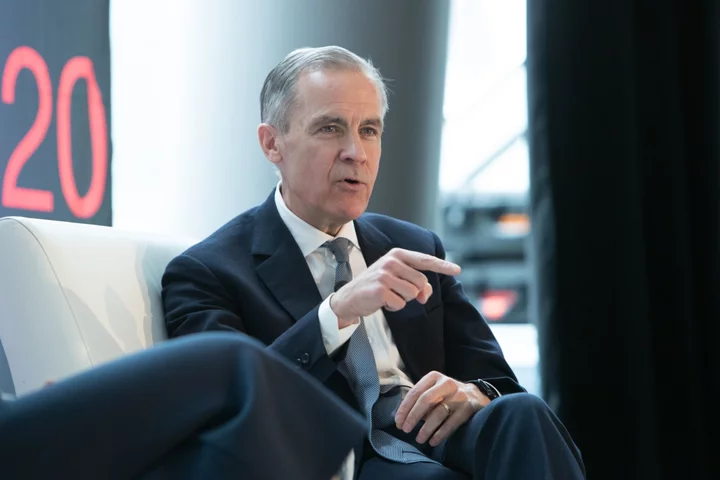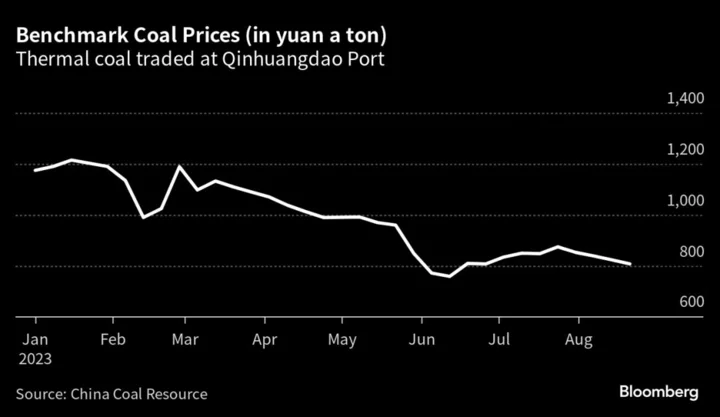Traders are scrutinizing every word from Japanese currency officials with renewed intensity as nine straight days of declines in the yen increases anxiety over the risk of intervention in the market.
While the depreciation has put the currency into a zone that saw Japan buy yen last year to arrest its weakness, the slide this time around has been more gradual, putting investors in two minds as to Tokyo’s next move.
One thing is clear though: There will be more jawboning from Finance Minister Shunichi Suzuki and his currency-policy lieutenant Masato Kanda in the coming days and weeks. Suzuki said on Tuesday that authorities would take appropriate action if they deem movements to be excessive.
That sort of language fits the pattern seen in previous warnings to traders, but falls short of the words used in the immediate lead up to actual intervention.
It is also less forceful than the kind of phrases used in the lead up to a so-called rate check, when officials call around dealers to determine currency prices in final shot across the bow to traders.
Read more: A Trader’s Guide to Japanese Policymakers’ Language on the Yen
There’s also a view that the market is being driven by broad dollar strength, which is hard for any one country to fight against.
“Up to this point, the market take of the finance ministry’s view is that the yen is ‘grinding’ rather than ‘jumping’,” said Shoki Omori, a strategist at Mizuho Securities Co. in Tokyo “The timing now is hard for the ministry because the yen isn’t the only currency cheapening.”
The currency weakened to 146.56 versus the dollar on Thursday amid widening yield gap between the US and Japan. It traded around 146.22 as of 5:05 p.m. in Tokyo on Thursday.
The sharp slide toward 146 in September last year triggered the first buying to bolster the currency since 1998. Yet after initially rallying following this, the yen weakened further, as far as 151.95, which spurred two more interventions in October before the trend started to change. The three forays cost about 9 trillion yen, or about $62 billion at the current exchange rate.
Strategists highlight the different environment this year, including the degree and pace of declines. The yen depreciated about 10% so far this year, compared with almost 15% the same period last year, followed by even more rapid weakening in September and October.
Fighting fundamentals
Japan may be avoiding intervention on the view that current economic conditions would reduce its effectiveness, Junichi Makino, chief economist at SMBC Nikko Securities, wrote in a note. Given dollar-yen transactions total about 130 trillion yen daily, intervention of about 3 trillion yen per day may not have much impact, Makino wrote.
Even if the finance ministry decides to intervene in the market, which it does by directing the Bank of Japan to buy and sell currencies, there is no guarantee that it would stem the slide.
“History shows intervention rarely changes the medium-term trajectory of the yen,” Commonwealth Bank of Australia’s Joseph Capurso wrote in note. “The fundamentals like higher US Treasury yields will overwhelm the impact of intervention.”
--With assistance from Masaki Kondo, Michael G. Wilson and David Finnerty.
(Updates prices)

